Anton's List of Impressive Products from 2018
by Anton Shilov on November 27, 2018 1:00 PM ESTForeword by Ian Cutress
As part of our Holiday Season series of best picks, sometimes the items that impress aren't in those lists. Out of all the people on our team, Anton as our news editor has the widest remit, so I asked him to come up with a list of the products the most impressed him through 2018. It's a super fun list, as Anton goes through his interesting laptops, smartphones, displays, and SSDs. There's even spinning rust on this list.
Impressive Products from 2018: Anton's List
One of the annoying things of 2017 was that manufacturers released a number of minor speed-bump refreshes of their offerings, mainly because revolutionary -performance components were not ready for prime time. By contrast, in 2018, we've seen CPU, SoC, display panel and some other hardware updates that have enabled truly generational updates and noted improvements to change our perception of what to expect from devices. So, without further ado, I'm going to talk about products that impressed me the most this year.
Laptops
I am going to start with laptops. Early in the year Intel launched its Kaby Lake-G processors with on-package AMD Radeon Vega RX/Radeon Pro WX graphics chips, enabling laptop producers to make machines with GPUs thinner and lighter. One of the most impressive machines featuring Intel’s Kaby Lake-G CPUs are Dell’s XPS 15 2-in-1 9575 as well as Precision 2-in-1 5530 convertible laptops that offer a 4K 15.6-inch LCD, a quad-core processor, and a discrete GPU in a chassis that is 16 mm thick and weighs only about 2 kilograms (4.36 pounds).
Besides Kaby Lake-G, Intel also released its quad-core Coffee Lake processors with high-end Iris Plus Graphics 655 iGPU featuring 48 EUs and 128 MB of eDRAM. While not offering as high performance as the aforementioned Radeon Vega RX, these CFL chips enabled Apple to build a 13.3-inch MacBook Pro with decent graphics and four x86 cores. While a quad-core CPU inside a 13/14-incher is nothing new, the combination of CPU and GPU prowess, a very fast SSD, and a great 500-nits display certainly made this year’s 13.3-inch MBP a very attractive contender for a mobile professional (especially keeping in mind that now it supports secure boot courtesy of the T2 chip).
Having mentioned Dell’s XPS 15 2-in-1 and Apple’s 13.3-inch MBPs, I cannot omit Lenovo’s 6th Gen ThinkPad X1 Carbon with its 14-inch Dolby Vision HDR-supporting display and a quad-core CPU. These machines unfortunately do not feature high-performance graphics, but you can forgive that because of their ultra-light weight of around 1.13 kilograms (2.49 pounds).
Later in the year Lenovo also launched its ultra-thin 15.6-inch ThinkPad P1 and ThinkPad X1 Extreme machines with six-core CPUs and discrete GPUs that weigh only around 1.7 kilograms. Without any doubts, these machines are at least as attractive as those featuring KBL-G CPUs.
Smartphones
Moving on to smartphones. This year was largely a mixed-bag from my point of view. Let me explain why. When it comes to me, any handset begins with its design and usability (in that order). Design is obviously a subjective thing, yet Nokia’s 7, 8, and E7-series from 2000s are my all-time favorites followed by Apple’s iPhone 4. Usability involves a combination of software and hardware that enables me to perform my tasks rapidly, without glitches, and with a battery life that lasts at least a day. I am practical too, so rigidity and resistance against dust and water are important as well. So, when choosing between a phone with a “good-enough” SoC performance and a stylish rigid design and a handset with a pack-leading SoC with “good-enough” looks and questionable rigidity, I will always prefer the former.
Now, back to 2018. When it comes to smartphones released this year, their trendiest feature is a circa ~6-inch high-res/high-PPI screen with an 18:9 or a 19:9 aspect ratio, a testament that the display industry can now produce such large OLED or IPS panels (many of which are DCI-P3-graded) in mass quantities. Without any doubts, smartphones running Qualcomm’s Snapdragon 845 and outfitted with 6-inch displays look and perform very impressively. Meanwhile, they are rather huge and rather thick. Furthermore, their chassis made of aluminum and glass does not impress me when it comes to rigidity. In fact, the vast majority of Android-based phones do not boast with any official dust and water resistance ratings.
When it comes to trendy smartphones launched this year, Huawei certainly deserves a praise for its Mate 20 Pro, Mate 20, P20, and P20 Pro devices. These are very different handsets aimed at very diverse audiences, but they certainly follow the trends very closely and feature the company’s renowned cameras. Meanwhile, only the Mate 20 Pro features an IP68-rated dust and water resistance. As far as the price goes, the Huawei P20 costs $524, which seems like a rather sweet deal, considering all of its advantages.
OnePlus definitely made a splash with its OnePlus 6 and OnePlus 6T smartphones too. The company is among the first to install a high-end 6.28/6.41-inch AMOLED display and Qualcomm’s Snapdragon 845 into a moderately-priced device, for which it deserves a kudos. At the same time, these handsets are large, use an aluminum with glass chassis, and feature no official IP rating (OnePlus instead likes to talk about how it approaches water protection, except for actually getting a certificate, as it states the IP ratings are complex and not suited for smartphones).
Apple this year closely followed market trends and equipped its iPhone Xs, Xs Max, and Xr smartphones with 5.8, 6.5, and 6.1-inch displays, respectively. All of these smartphones run the company’s latest A12 Bionic SoC (which is the highest-performing mobile SoC today), they are splash, water, and dust resistant.
One thing to note is that while the iPhone Xs Max and iPhone Xr are way too large from my point of view (they just follow the trends), the size of the iPhone Xs seems more or less right (still larger than the iPhone 7), yet its high price is something that clearly makes it considerably less attractive.
Having mentioned dimensions, materials, dust/water-resistance and prices of this year’s smartphones, I cannot help but to mention one more smartphone that was released this year: the Nokia 8 Sirocco. This handset is somewhat off the trends: it comes with a 5.5-inch 16:9 pOLED display, it is based on the previous-gen Qualcomm Snapdragon 835 application processor, and it has a mediocre (at best) selfie camera. At the same time, it is made of stainless steel, it is IP67 dust/water-resistant, it is pleasant to use (despite the fact that its width is far from ideal). The sweetest part? It costs only $550.
Displays
As noted above, the display panel industry enabled smartphone makers to significantly improve size and quality of their products’ screens. The very same industry worked quite well for manufacturers of PC monitors too, who launched a number of rather interesting products.
Acer and ASUS this year finally released their 27-inch NVIDIA G-Sync HDR displays featuring a 4K resolution, a 384-zone FALD with quantum dots backlighting, a 1000 nits peak luminance, and a dynamic refresh rate of up to 144 Hz. The Acer Predator X27 and ASUS ROG Swift PG27UQ monitors for gaming with all the bells and whistles cost $1700 ~ $1800 (down from $2000), but if I were a demanding hardcore gamer with deep pockets, that price is certainly not a problem. Beyond gaming, both monitors are DisplayHDR 1000-certified and therefore support HDR10-enabled content playback with brightness peaking at 1000 nits.
Speaking of DisplayHDR 1000, there is only one more LCD that VESA has certified for this label so far, which is the Philips Momentum 436M6VBPAB. In fact, this is the only large Ultra-HD LCD with the DisplayHDR 1000 and Ultra HD Premium badges. Officially aimed at gamers, this display has a 4K resolution, a quantum dot-outfitted 32-zone backlighting, a 1000-nits brightness, and a 60 Hz refresh rate with FreeSync support. The monitor is a mixed bag though. On the one hand, its connectors (DisplayPort, mDP, HDMI 2.0a, and USB-C) do not let plugging-in two game consoles, yet they are friendly to modern USB-C equipped laptops, which suggests that the LCD will be used not only for gaming, but for productivity applications as well. On the other hand, the Philips Momentum 436M6 uses an MVA panel with a BGR layout instead of RGB (and for some reason TPV/Philips never disclosed this information on their websites) and has had some reported issues with blurriness and dithering (we haven't tested in house) that makes its usage for work a bit less comfortable when compared to typical IPS RGB monitors.
Speaking of displays for work, Dell released its UltraSharp U4919DW monitor in mid-October and has so far slashed its price to $1,349 (at least when buying directly). This curved ultra-wide LCD with a 32:9 aspect ratio is powered by a 49-inch IPS panel featuring a 5120×1440 resolution and can substitute two 27-inch displays for those who need a lot of screen real estate without losing the number of pixels they would have with two QHD monitors.
Last but not least, Samsung started sales of its Q900-series 8K televisions that not only feature a 7680×4320 resolution, but also a FALD-like quantum dot-enhanced backlighting that enables a peak brightness of 4000 nits, which is the maximum brightness at which HDR content is mastered today. Besides, these UHDTVs are based on Samsung’s Quantum Processor 8K, which is responsible for all decoding, upscaling, and other operations. Besides upscaling of 2K and 4K content to 8K, the SoC can also interpolate content to 240 FPS.
Storage
On the storage side of things, there were two notable developments this year. First, Intel, Micron, and Samsung started to mass produce 3D QLC NAND memory, which promises to reduce pricing of flash-based storage and therefore increase capacities of upcoming SSDs, smartphones, laptops, tablets, and other devices. Second, Seagate released another range-topping HDD for consumers.
Micron’s Crucial division was naturally among the first companies to launch a consumer drive featuring 3D QLC memory. In fact, the Crucial P1 1 TB appears to be rather speedy and at $0.22 per GB it looks like very competitively priced as well. (Ed: As Anton was writing this, our review of the Samsung 860 QVO SATA SSD came out, with up to 4TB of QLC at $0.13/GB). Of course, 3D QLC NAND has its twists when it comes to P/E cycles, retention, performance, and endurance. However, low costs can somewhat compensate for these peculiarities.
Moving on to mechanical storage. Unlike its competitors, Seagate always adopts its latest technologies not only for datacenters, but also for other market segments, including client PCs. Seagate’s BarraCuda Pro 14 TB is the industry’s first hard drive for desktops. Of course, this is a very expensive piece of hardware at $630 - $670, but if you need to store a lot of data in a PC that can accommodate only one 3.5-inch HDD (or just maximize your desktop capacity), this drive is your only choice.
In general, this was quite an interesting year with many innovative products hitting the market. It will be extremely interesting to see next-gen devices in 2019 as they promise to refine technologies that went mass production this year and therefore offer lower prices, higher portability, greater reliability, and other improvements that we expect from each product category.


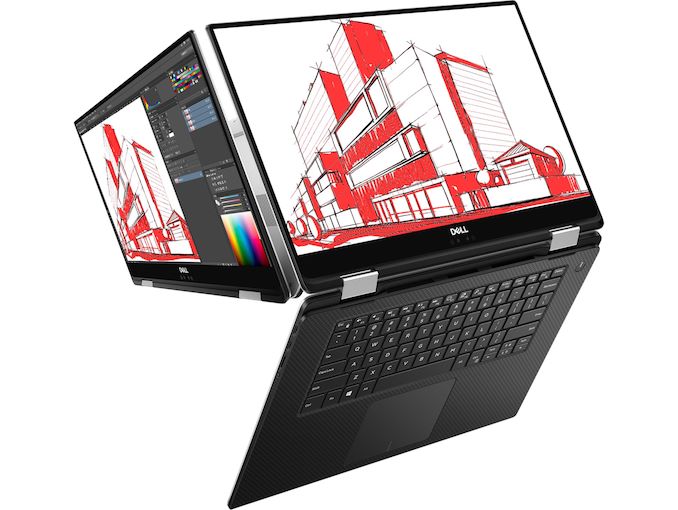
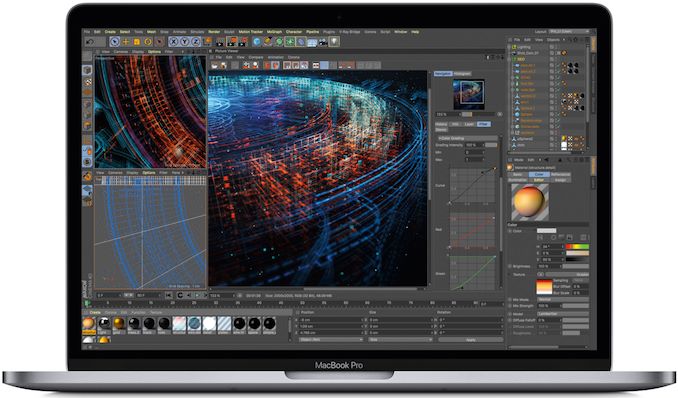


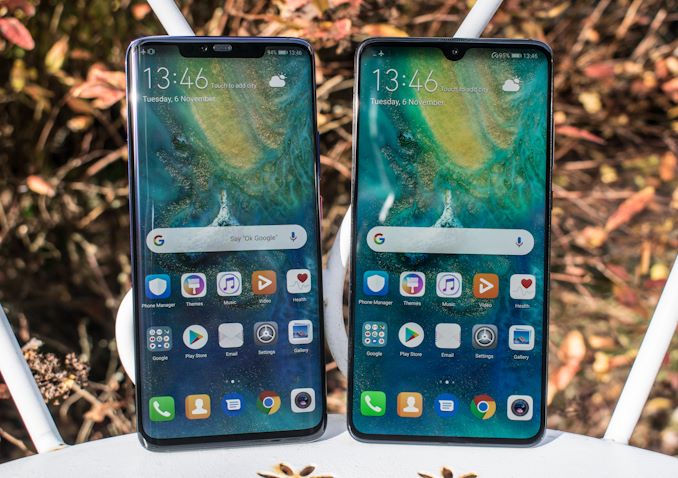
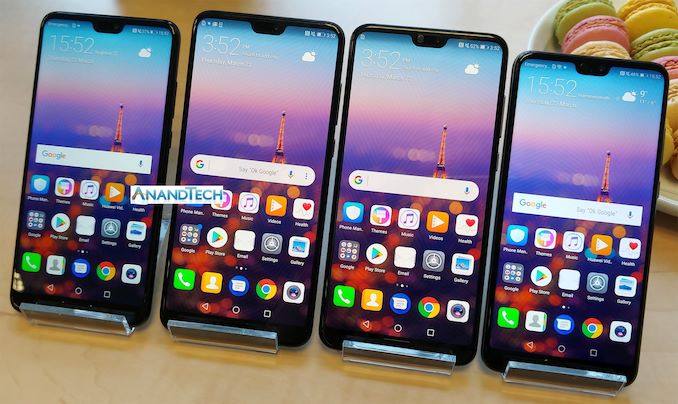
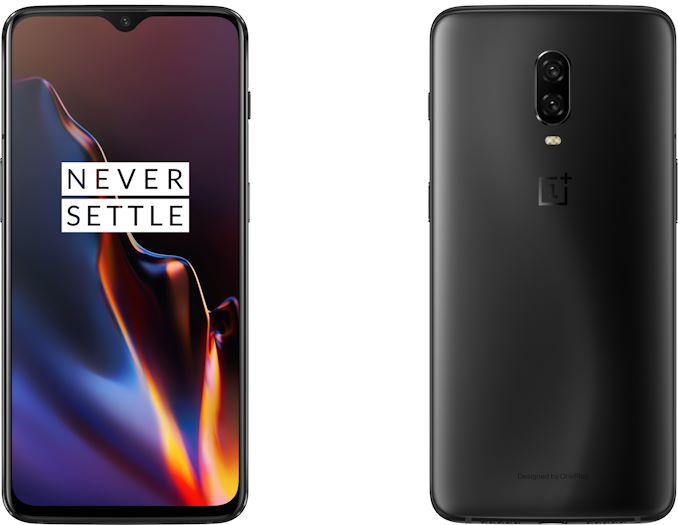
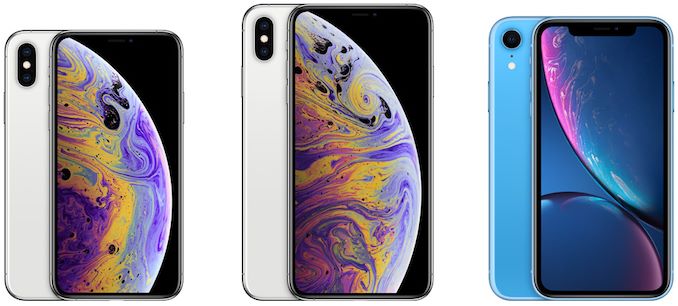
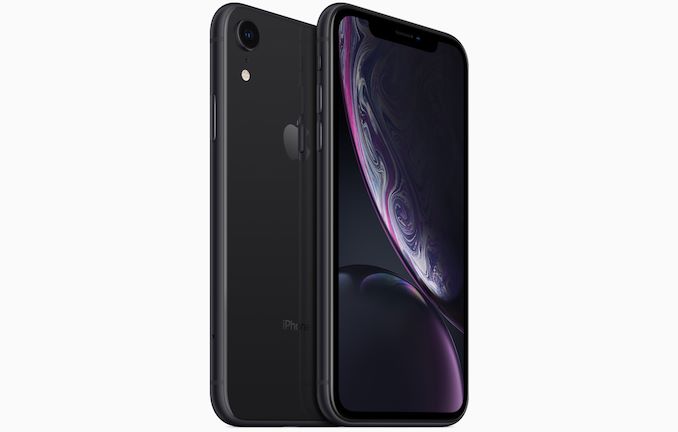
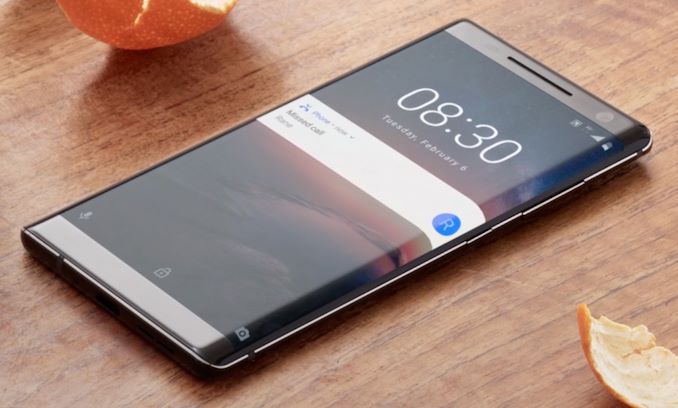
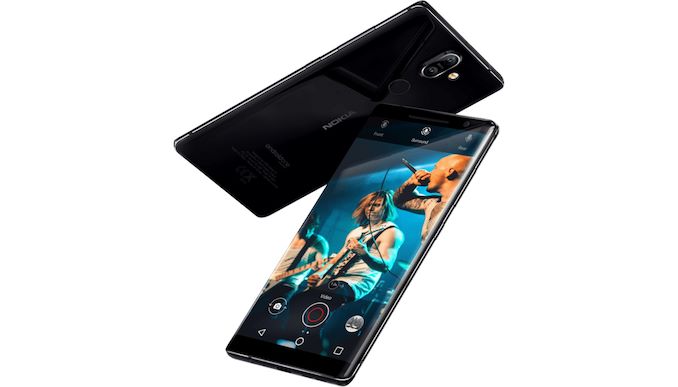
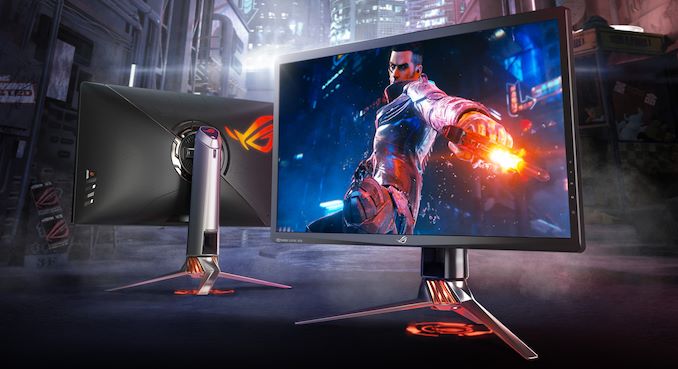
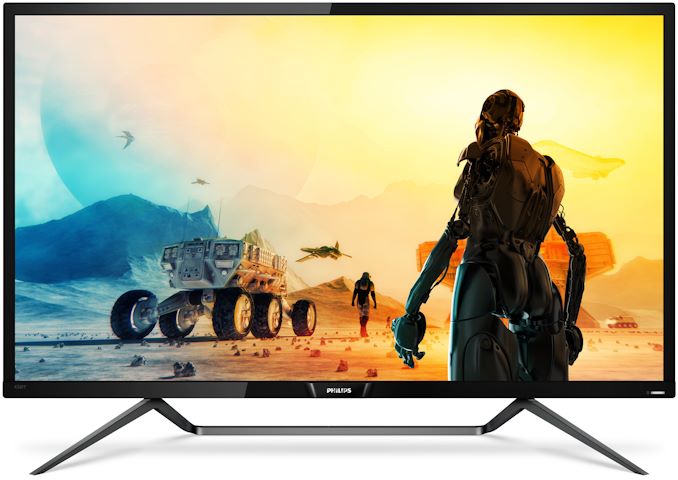
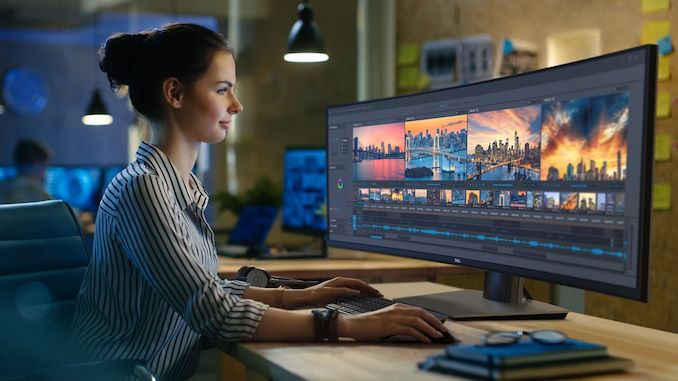











14 Comments
View All Comments
HStewart - Tuesday, November 27, 2018 - link
Well I have the first one on the list - Dell XPS 15 2in1 with 4K and I am amazed how much more powerful that my old Lenovo Y50. I was hoping better compatibility with applications with video card. But the size and 2in1 factor is great - you could literary stack 2 of this guys in space of Y50.I know some don't believe but difference between 8th and 4th series Intel Quad cores is amazing.
mischlep - Tuesday, November 27, 2018 - link
"Of course, 3D QLC NAND has its perks when it comes to P/E cycles, retention, performance, and endurance." Would't those be "quirks", and not "perks"?Arbie - Tuesday, November 27, 2018 - link
With respect, a small English language fix: "perks" doesn't relate to peculiarities or in fact anything negative. It's short for "perquisites", meaning (roughly) a privilege or benefit.Ashinjuka - Tuesday, November 27, 2018 - link
TILpiroroadkill - Wednesday, November 28, 2018 - link
Yeah, it didn't make much sense. Quirks would be better, as mentioned above.imaheadcase - Wednesday, November 28, 2018 - link
Better than people that use "etc,etc" together. That is annoying.Dragonstongue - Tuesday, November 27, 2018 - link
that Dell 15 listed has all the "power" of gaming cpu-gpu for laptop but the screen they chose to use is not at all designed for it...seems pretty pricey for just "media" use and likely core i7 and Vega M are complete overkill with that in mind LOLAlmost as pad as Apple, ramp price up but not keep in line with intended audience expectations of product for the price, even the screen (based on a few reviews) is "lacking" on real world sRGB or AdobeRGB color coverage.
4k is one thing, but delivering what is promised is another completely different thing altogether ^.^
As for the QLC reducing price...LOL, price for them to make the product "maybe" but likely not when it comes to "on the shelf" especially when DRAM makes for all of 2016-2017-2018 have more or less done what they could to keep pricing jacked up, so their idea is, get lower endurance, price to make is much less, but keep cost on shelf "about the same"...mehh to each their own, I rather endurance/capacity/price not just save "them" money while we get shafted for expected endurance/performance at the end of the day.
to me, that is exactly what QLC was meant for, make it dirt cheap for them to produce that much more, lower performance but price near the same (even if costs 1/2 to 1/4 less production)
am done now ^.^
IGTrading - Tuesday, November 27, 2018 - link
I would add HP's ENVY x360 with AMD Ryzen 2500U as the laptop that made all 1200 USD Intel-based laptops drop to 600 USD , just by showing up on the market, no matter if people heard about it or not.Now Intel either needs a discrete GPU from AMD or nVIDIA or an eGPU from AMD, to be able to sell its chips in laptops costing more than 1200 USD.
P.S. One mention, do you know how a nice Blue-Ray movie looks like in 240 FPS ? I'll tell you, it looks like crap :) and anybody who has a simple 4K TV knows it...
....but hey ... I guess SAMSUNG's marketing monies are good ... especially since for years they've been selling technology literally stolen from LG.
To me, bringing up QLED (which is a poor-man's excuse to have a marketing term that resembles OLED) and considering it brings something "impressive" to the table .... it just sounds bad.
imaheadcase - Wednesday, November 28, 2018 - link
Besides mobile stuff, nothing really that exciting this year. Monitors have been stagnant for a long time now, they are still trying to figure out 4k out without compromises. Even desktop CPU have not really improved much besides more cores, which not really a thing normal people care about unless you use them other than productivity/gaming.Even on mobile stuff, that area is so fragmented. Makers can't decide what to make, yet everyone doesn't come close to price/performance ratio one looks for in tablets/latops/etc. It uses to be every laptop was at least 15inches. Now everyone is trying to pack everything in it and make a 12inch the same price. I would rather have screen size with high DPI than super faster innards.
nico_mach - Thursday, November 29, 2018 - link
- Ryzen 2nd gen was impressive- AMD returning to (somewhat) mainstream laptops
- Ipad Pro's pencil magnet thing was clever
- Styli for everything
- the AMD-Intel chip inside the new NUC and MBP
- Fortnite selling to a younger generation on Samsung/Android sideloading
I think disappointments are easier to write this year:
- iPhone pricing
- Undersupported Android tablets being replaced, badly, by undersupported chrome tablets
- Surface not updating ports
- Windows on ARM
- No MacBook ARM
- No one can seem to do CPUs and GPUs at the same time except Apple, who hobbles them in software
- Valve losing steam with Steam: steam link gone, Fortnite rising, VR limited
- Windows 10 teething troubles ... 3 years in
- Fortnite selling to a younger generation on Samsung/Android sideloading
- Prices set to rise with trade wars
It's been a weird year. Good riddance.